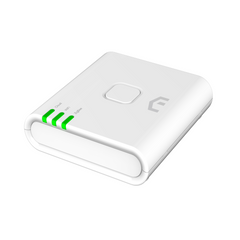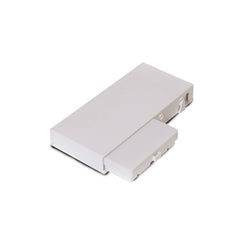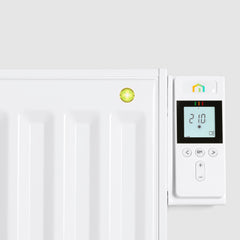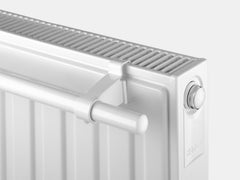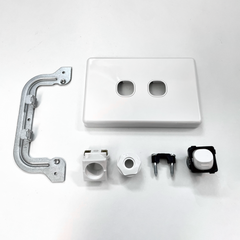Frequently Asked Questions & Support

Product Manuals & Installation Guides

Customer Installation Guide
View

Explainer Videos / Installation & Set-Up of Electric Radiators
Watch
Product Manual / Plus Series Electric Radiators
Download
Product Manual / Unisenza Plus Gateway
Download
Product Manual / Tahiti Surf Towel Rail
Download
Product Manual / Tahiti Surf Advanced Thermostat
Download
Product Manual / Tahiti Surf SpeedAir 950W Blower
Download
Product Manual / Legacy LVI Yali & Parada Electric Radiators
Download
Installation Guide / Radiator Hardwiring Kit Wiring & Installation Notes
Download
Upgrade Guide / Replacing Electric Radiator Control and Power Box
Download
Installation Service Preparation Checklist
Download
Kaba Installation and Operating Manual
Download
FAQs
Got a Warranty or Repair Request?
Lodge a Support Request
Start hereOr contact us
- E: info@thermosoftaustralia.com.au
- P: 1800 951 439
- A: 159 Barkly Avenue, Burnley VIC 3121
Get a Quote and Heating Plan Online
CHOOSE WHICH OPTION IS RIGHT FOR YOU

Expert Heating Plan
Ideal for Multiple Rooms or Whole Home
Our expert estimators will run the numbers and calculate your precise heating needs.

Instant Online Estimate
Perfect for 1 to 2 Rooms
Our calculator quickly estimates the panels you need to heat a room.

